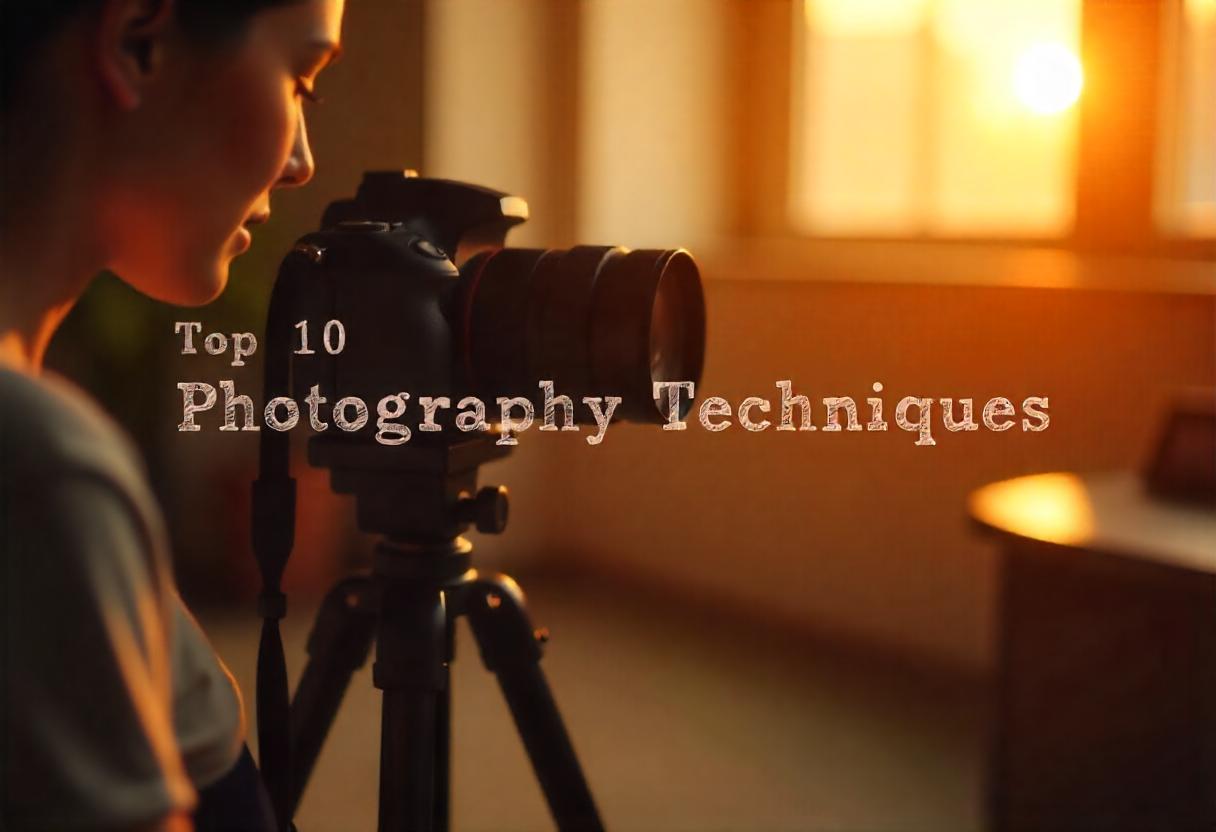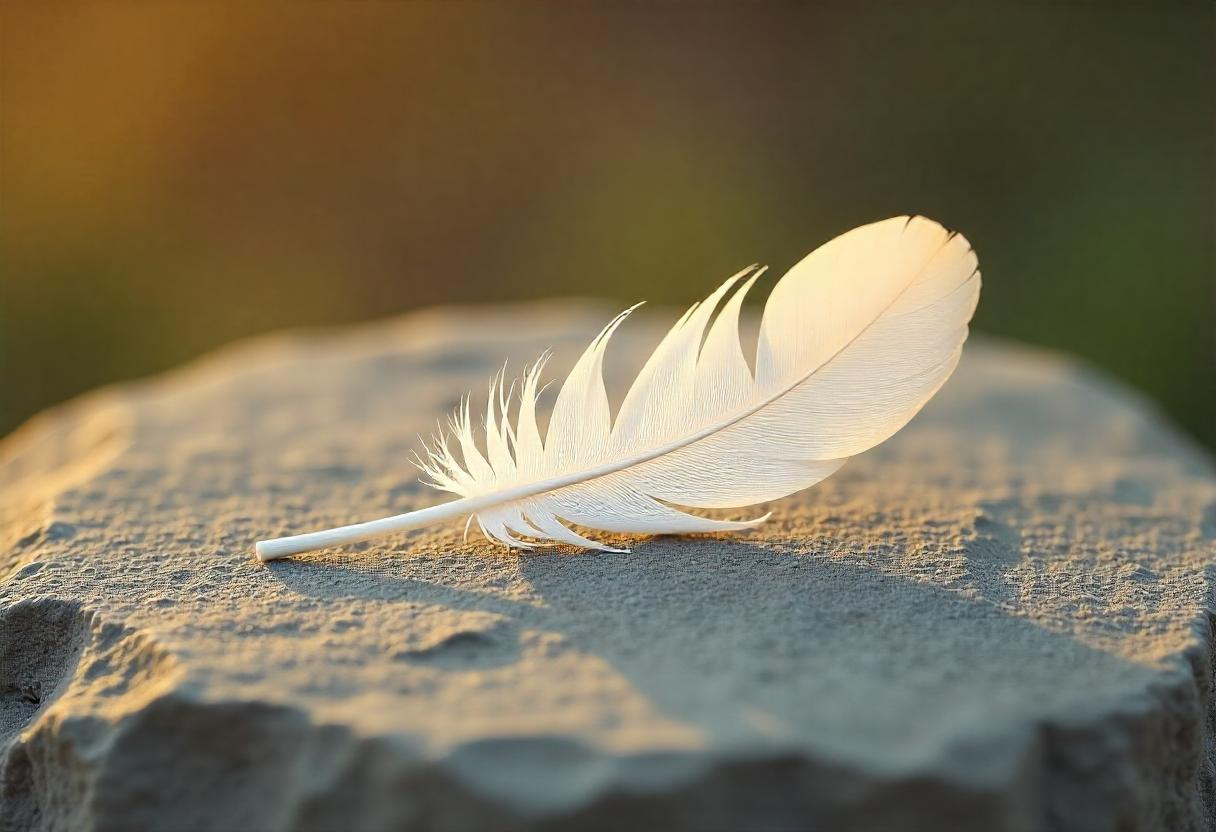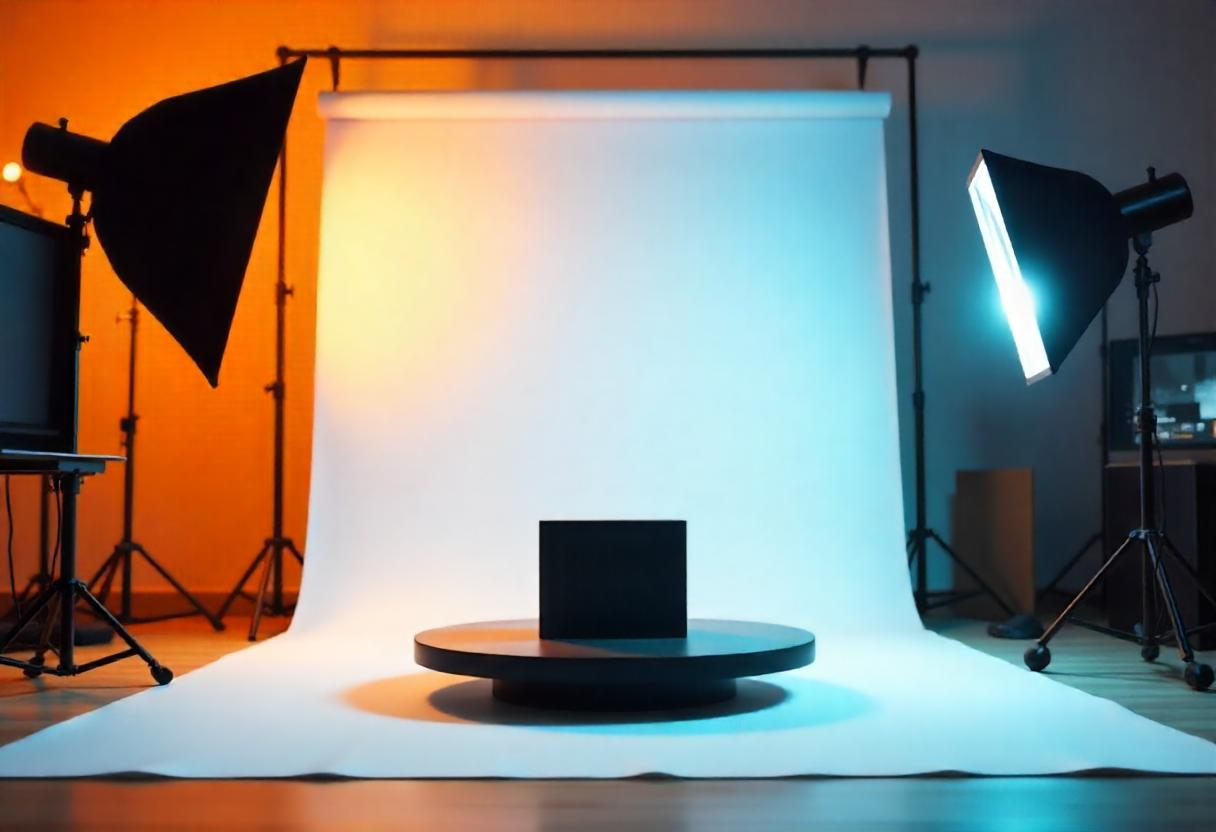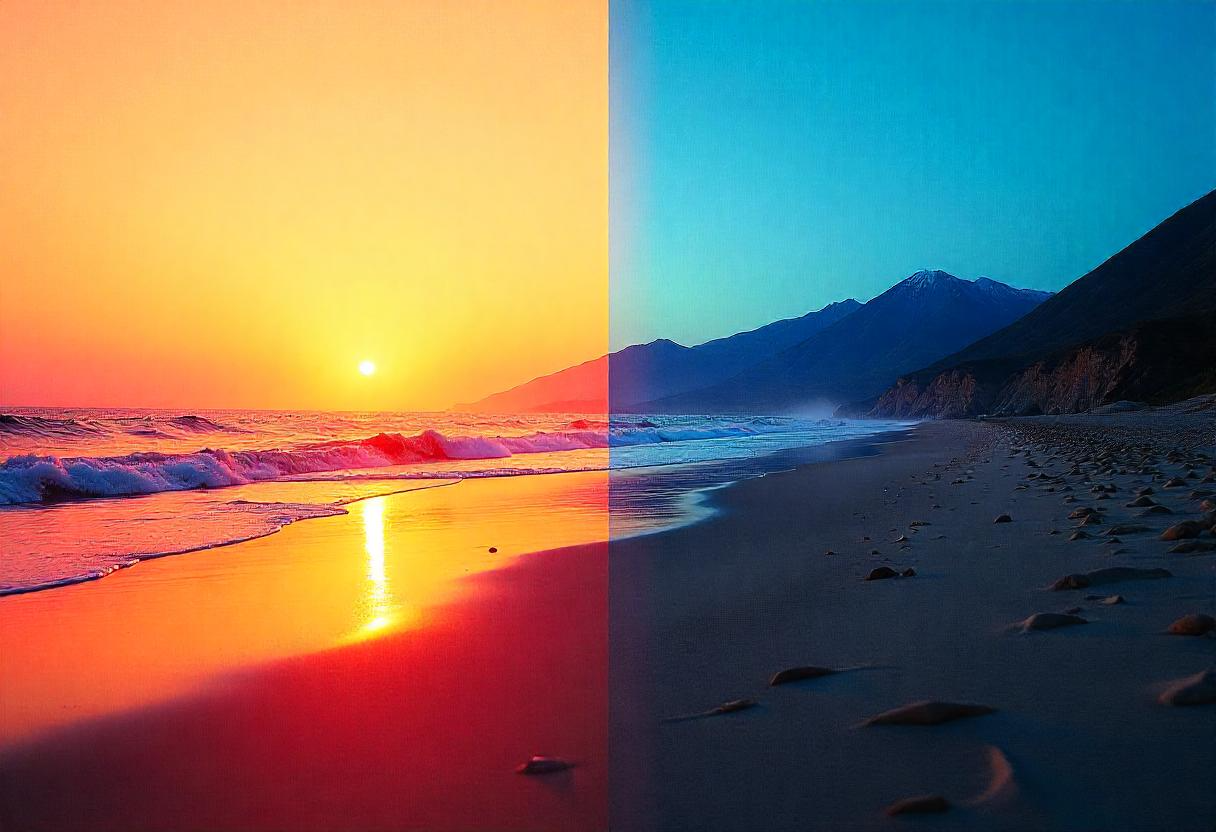Aerial Photography 101: Techniques, Tools, and Applications
Have you ever seen beautiful pictures of mountains, cities, or beaches taken from the sky? These amazing images are captured through aerial photography. Aerial photography is the art of taking photos from above using drones, helicopters, aeroplanes-*-, or even balloons. It helps us see the world from a new perspective, making everything look grand and stunning.
In this blog, we will learn about aerial photography, the tools needed, different techniques, and where it is used. Whether you are a beginner or someone who wants to improve your photography skills, this guide will help you understand aerial photography in a simple way.
What is Aerial Photography?
Photography from the sky can be defined as aerial photography. Regular photography done from the ground lacks the ability to capture aerial views of landscapes and buildings and events which aerial photography achieves because it operates at elevations above the surface. Many organizations employ aerial photography techniques to fulfill their needs which include motion picture productions and real estate assessments as well as cartographic projects and response efforts for disasters.
Aerial photography has been around for many years. In the past, people used balloons and airplanes to take photos from the sky. Today, drones have made aerial photography much easier and more popular.
Tools for Aerial Photography
Do you want free career counseling?
Ignite Your Ambitions- Seize the Opportunity for a Free Career Counseling Session.
- 30+ Years in Education
- 250+ Faculties
- 30K+ Alumni Network
- 10th in World Ranking
- 1000+ Celebrity
- 120+ Countries Students Enrolled
The quality of aerial photos heavily depends on utilizing proper tool selection. All aerial imaging equipment functions as a necessary component to achieve clear high-quality images of the sky. Several important instruments play a crucial role in aerial photography operations.
1. Drones
Drones are the most commonly used tool for aerial photography today. They are lightweight, easy to fly, and can reach great heights to capture breathtaking views. Some drones come with built-in cameras, while others allow photographers to attach high-quality professional cameras. Popular drone brands include DJI, Parrot, and Autel. These drones come with advanced features like GPS tracking, obstacle detection, and auto-stabilization, making aerial photography easier and more precise.
2. Cameras
A good camera is essential for capturing clear and detailed images. While many drones have built-in cameras, professional photographers often use high-resolution cameras with better lenses to enhance image quality. Cameras with adjustable settings, such as shutter speed and ISO, help in capturing perfect shots in different lighting conditions.
Book Now →
3. Gimbals
A gimbal is a stabilizing device that helps keep the camera steady while the drone moves. It prevents shaky images and ensures smooth video recordings, even in windy conditions. A good gimbal allows for more control over camera angles, helping photographers capture dynamic shots with ease.
4. Remote Controller
The remote controller is used to control the drone’s movement. It allows photographers to fly the drone up, down, left, or right while adjusting the camera to capture the best angles. Many controllers come with screens or smartphone attachments for real-time viewing.
5. Batteries and Storage
Drones run on batteries, and flight time is limited. Having extra batteries ensures longer shooting sessions. Additionally, a high-capacity memory card or storage device is necessary to save all images and videos without interruptions.
Do you want free career counseling?
Ignite Your Ambitions- Seize the Opportunity for a Free Career Counseling Session.Techniques for Aerial Photography
Aerial photography is more than just flying a drone and clicking pictures. To capture stunning images from the sky, you need to follow certain techniques. These techniques help in taking clear, well-composed, and professional-looking photos. Here are some simple yet effective methods for aerial photography:
1. Plan Your Shots
Before taking off, it is important to plan what you want to capture. Look at the location carefully and think about the best spots to shoot from. Consider the lighting and weather conditions, as they affect image quality. Strong winds can make it hard to control the drone, and poor lighting can result in dull images. Checking the weather forecast and scouting the area beforehand can help you take better pictures.
2. Use the Right Camera Settings
Good photography is not just about pointing and shooting; it also requires adjusting the camera settings. Using the right ISO, shutter speed, and aperture makes a big difference in the final image. A lower ISO (around 100 or 200) helps prevent too much brightness or noise in the picture. A faster shutter speed is useful for capturing moving objects clearly, while a slower shutter speed can create smooth and dreamy effects, such as in water or clouds. Learning how to adjust these settings will improve your aerial shots.
Read Also: Mastering Motion Blur Photography: A Creative Guide for Beginners
3. Follow the Rule of Thirds
The rule of thirds is a simple photography technique that helps create balanced and visually appealing pictures. Imagine dividing your screen into nine equal parts with two horizontal and two vertical lines. Instead of placing the subject in the center, position it where the lines meet. This makes the image look more natural and professional. Many drones have a grid option that helps in following this rule while taking pictures.
4. Capture Different Angles
Instead of shooting from the same height and position, experiment with different angles. Move the drone higher for a wide and grand view or lower for a more detailed and closer perspective. Angles can change how an image looks. For example, an overhead shot of a beach can show beautiful patterns in the sand and waves, while a lower angle can highlight the details of a building or a landmark. Trying different positions will make your aerial photos more creative and interesting.
5. Shoot During Golden Hour
The golden hour is the time just after sunrise and before sunset. This period provides soft, warm lighting that enhances the beauty of photographs. The shadows are long, and the sky often has lovely colors, making pictures look magical. Shooting at this time helps avoid harsh midday sunlight, which can create strong shadows and washed-out colors.
6. Use Leading Lines
Leading lines are natural lines in a photo that draw the viewer’s eye toward the subject. Roads, rivers, train tracks, and buildings can all act as leading lines, guiding attention to the main focus of the image. This technique helps in creating depth and making photos more engaging. Looking for strong, natural lines in your aerial shots can add a unique touch to your photography.
7. Keep Your Drone Steady
A shaky drone can result in blurry images. To avoid this, fly the drone slowly and steadily. Using a gimbal also helps in keeping the camera stable. Windy conditions can make it hard to control the drone, so it is best to fly when the wind is calm. Practising smooth and gentle movements will ensure that your pictures come out sharp and clear.
By following these simple techniques, you can take breathtaking aerial photographs. A little planning, experimenting with angles, and using the right settings can make a big difference in the quality of your images.
Read Also: What is Portrait Photography: Key Tips & Techniques?
Applications of Aerial Photography
Aerial photography is used in many fields. Here are some common applications:
1. Real Estate Photography
Many real estate companies use aerial photography to showcase homes and buildings. Aerial shots give buyers a better view of the property and its surroundings.
2. Filmmaking and Media
Movies, TV shows, and news channels use aerial photography to capture breathtaking scenes. Drone shots make films more cinematic and engaging.
3. Tourism and Travel
Tourism industries use aerial photography to capture stunning landscapes and tourist attractions. Aerial views of beaches, mountains, and cities encourage people to visit new places.
Read Also: Top 10 Famous Photographers in India You Should Know
4. Environmental and Wildlife Photography
Aerial photography is helpful for studying wildlife and the environment. Researchers use drones to track animal movements, monitor forests, and study climate change.
5. Agriculture
Farmers use aerial photography to check crop health, water supply, and soil conditions. Drones help farmers improve their farming techniques and increase productivity.
6. Construction and Architecture
Builders and architects use aerial photography to monitor construction projects. It helps them see progress and detect any problems early.
7. Disaster Management and Rescue Operations
Aerial photography plays a big role in rescue missions during floods, earthquakes, or fires. It helps locate missing people and assess damage quickly.
8. Mapping and Surveying
Aerial photos are used to create maps and survey lands. Governments and engineers use aerial images to plan roads, bridges, and new cities.
Safety and Legal Guidelines
Read Also: What is the Bokeh Effect? The Science Behind Blurred Backgrounds
Since drones are commonly used for aerial photography, it is important to follow safety rules and legal guidelines.
1. Check Local Drone Laws
Every country has different drone laws. Some places may require a special license to fly a drone. Always check the rules before flying.
2. Avoid Crowded Areas
Flying drones in crowded areas can be dangerous. Avoid flying over people, airports, and private properties.
3. Respect Privacy
Do not take pictures of private properties or people without permission. Respecting privacy is important in photography.
Read Also: How Photography Courses Craft your Successful Career in India
4. Fly in Good Weather
Bad weather can affect drone performance. Avoid flying in strong winds, rain, or fog to prevent accidents.
5. Keep Your Drone in Sight
Always keep your drone within your sight to avoid losing control. Do not fly too far or too high.
6. Practice Before Flying
If you are new to aerial photography, practice in an open area before taking professional shots. Learning how to control your drone properly will help you take better pictures.
Conclusion
Aerial photography is an exciting way to capture the world from above, offering unique perspectives that bring stories to life. With the right tools, techniques, and training from a Photography course, you can create stunning images for filmmaking, real estate, travel, or research.
At AAFT School of Photography, you can refine your skills and master aerial photography while learning industry best practices. By following safety guidelines and continuously improving your techniques, you’ll be able to explore the world from a whole new perspective. So grab your drone, plan your shots, and start capturing breathtaking aerial views today!

AAFT has been providing the world with limitless creativity and expression since 1993! Through a dynamic and industry-driven curriculum, AAFT provides engaging and captivating articles to persuasive blogs and empowers its readers to explore diverse avenues of creative media education-related content.











